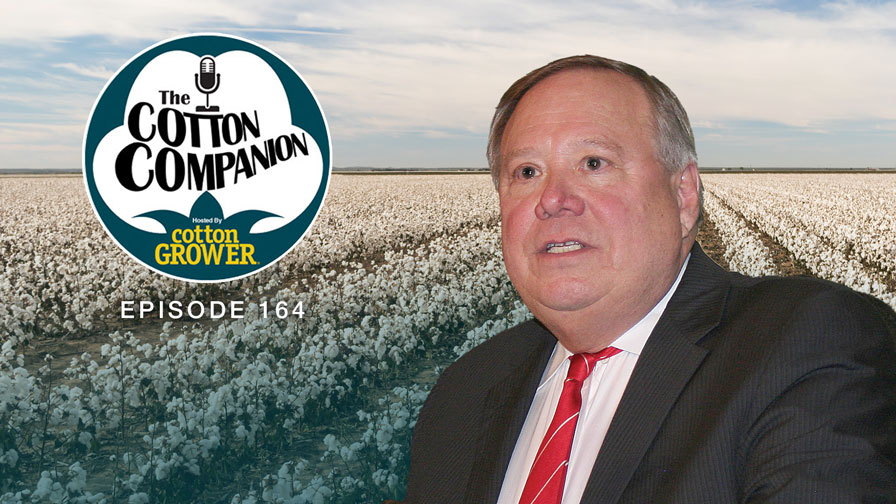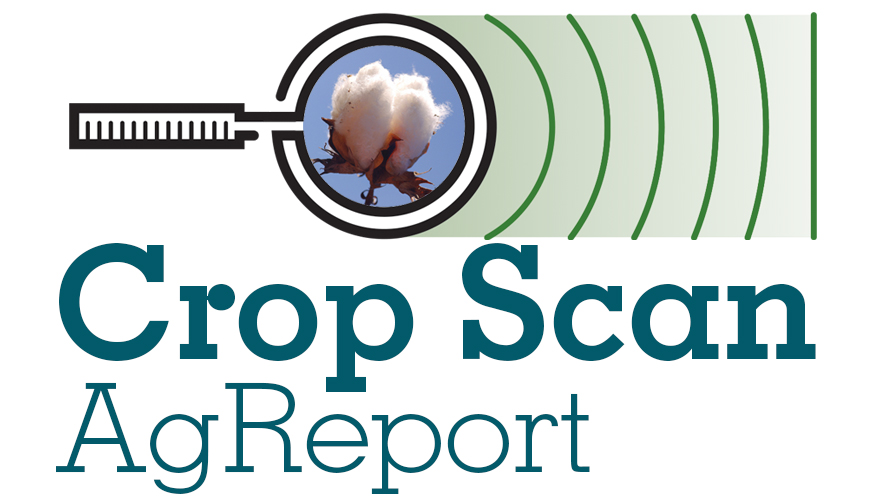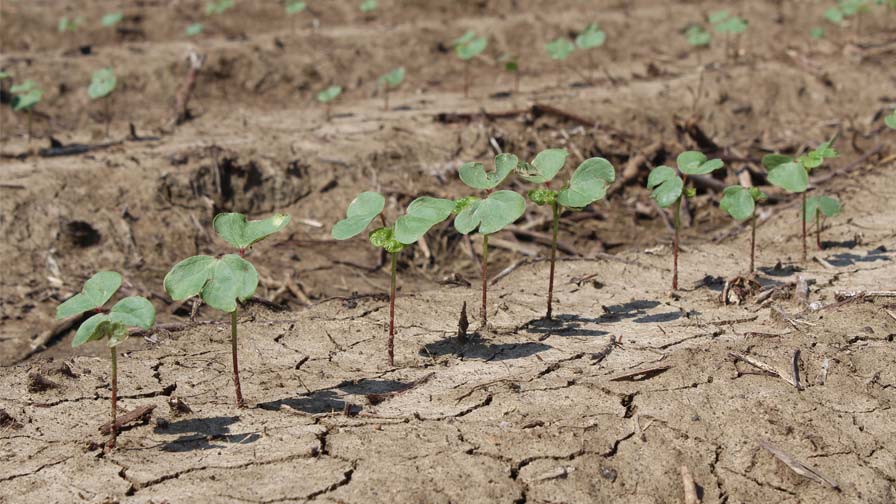Sudan’s Market Adapts To – Grow With The Times
Since the completion of the Sennar Dam in 1925 leading to a massive growth in irrigated farmland, cotton has been Sudan’s leading cash crop. While the organization of the sector has changed with the times, the country’s devotion to the crop has not wavered.
Organized For The Market
In 1970, the cotton trade was nationalized with the formation of the Cotton Public Corp. (CPC), which became the marketer of all cotton produced in the country. The CPC was then refounded in 1986, adopting the name the Sudan Cotton Company Ltd. (SCCL).
In keeping with Sudan’s agenda of privatization and a movement towards a market economy, the control of SCCL switched from the government to the private sector in 1993. Several shareholders now own the SCCL, including cotton farmers in Gezira, Rahad and New Halfa along with the Farmers’ Commercial Bank and the National Pension Fund.
The shift in ownership has made the Sudanese industry more nimble, as farmers are now able to make their crop choices independently, based on market demand and projected prices. They can now decide the area to be planted to cotton and the cotton varieties to grow, with the help of government committees to advise the farmers about the varieties and areas to plant, but do not have any control over their choices.
In Tune with the World
The result of Sudan’s market restructuring has placed more responsibilities in the hands of the country’s growers, but has also forced them into greater contact with the global industry.
Growers in Sudan today are becoming better marketers of their crops. The farmer is now required to respond to international demand, and work with global buyers to assess their needs and deliver the right product. As such, the industry as a whole is growing more refined and sophisticated.
While political troubles continue to haunt Sudanese growers, particularly related to the crisis in Darfur which has led to boycotts and a lack of available credit, there is still hope for the evolving Sudanese industry to increase its role in global cotton.
Add 2 tables








